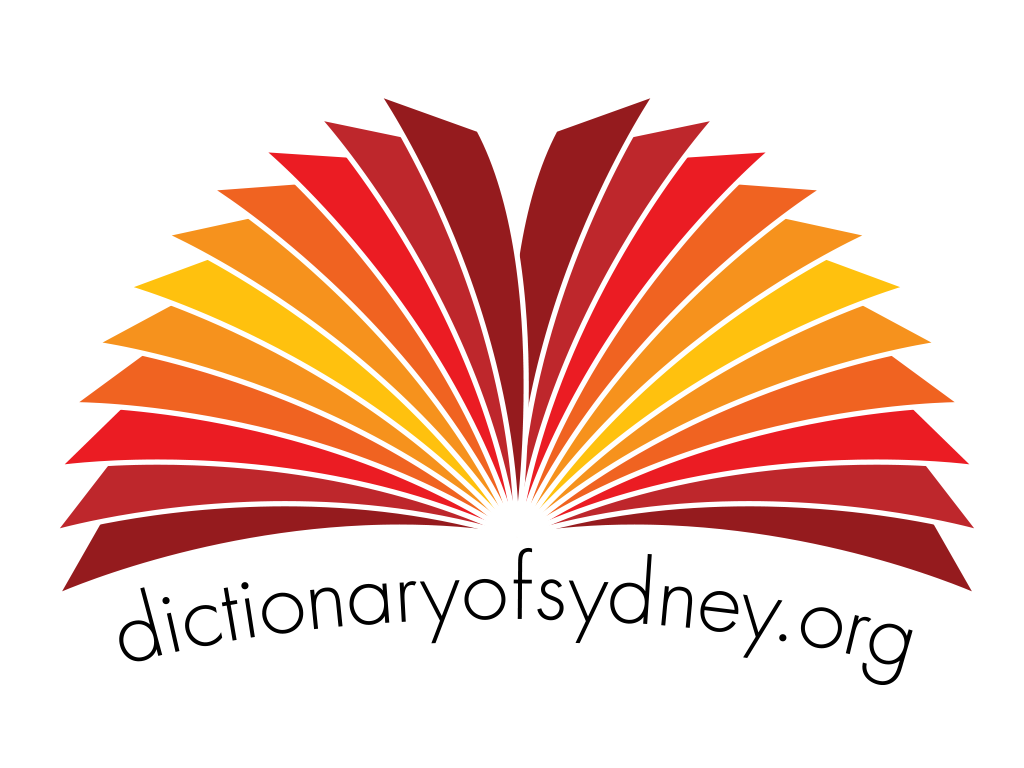The Dictionary of Sydney was archived in 2021.
Search
Royal Australian Historical Society Green Plaque 42. Australian Subscription Library/Former Public Library
Commemorative plaque that was installed on the site of the Australian Subscription Library between 1984 and 1988 as part of the Sydney Green Plaques Bicentennial project.
Glebe School of Arts hall
Community hall and library built for the Glebe School of Arts, transferred to Sydney City Council in 1955 and used as the Glebe library for some years.
Castle Hill convict rebellion 1804
Uprising by Irish prisoners at Castle Hill, north-west of Sydney, that was put down by the New South Wales Corps with 12 rebels killed and 9 later executed.
Lindsay, Raymond
Raised in Brisbane, Raymond Lindsay followed his brothers to Sydney in 1921and trained at the Julian Ashton art school. He became a painter of historical paintings, and later an art critic.
Discharged Prisoners Aid Society
Organisation established to address the material and practical needs of prisoners and their families. First formed in Melbourne in 1872 it was established in Sydney two years later.
Marcus Clark and Co
Established as a draper in Newtown, Marcus Clark and Co went on to become one of Sydney's best known stores, with numerous buildings at Railway Square, and a wide range of goods.
Hyde Park Barracks
From convict barracks to female immigration depot to asylum for destitute women, Hyde Park Barracks has witnessed and revealed much of Sydney's social history.
More nuts than the Bridge
Expression referring to someone who was thought to be "nuts", or a bit crazy, the reference being to the nuts and bolts used in building the Sydney Harbour Bridge.
Yellow House
Art gallery at 59 Macleay Street that was transformed into an innovative multimedia space and artist's cooperative which nurtured many of Sydney's emerging artists, filmmakers, performers and musicians.
United Volunteer Fire Brigade Association
Organisation of members of the volunteer brigades in Sydney which comprised over 2033 members in 1881. They met with opposition from the members of the metropolitan insurance brigades.
Chapman Steps
Curving sandstone steps in Forest Lodge between Parramatta Road and Arundel Street opposite the University of Sydney. Terrace houses above them are known as the Chapman Steps Terraces.
Unitarian Church
Liberal, humanitarian Christian church at 15 Francis Street, East Sydney that opened in 1940 after the original Unitarian Church in Liverpool Street was destroyed by fire in 1935.
Christian church architecture
Church architecture in Sydney has at times been the most significant and exceptional in the architecture of Sydney. At other times, church denominations have settled on continuing a successful type, seeking to make a noticeable character across the region. As immigrants…
Flynn, Michael
Michael Flynn is a Sydney historian working on the early colonial and Aboriginal history of NSW, and the city and suburbs of Sydney. His MA thesis for the University of Sydney was published as 'The Second Fleet: Britain's grim convict armada of 1790' (1993/2001). He is also…
Coroner's Court, The Rocks
Coroners court and morgue building at 102-104 George Street in The Rocks. The second permanent coroner’s court and morgue in Sydney, it was located on the site of the earlier North Sydney Morgue, or Dead House. The building opened in 1908 sported all the modern conveniences…

